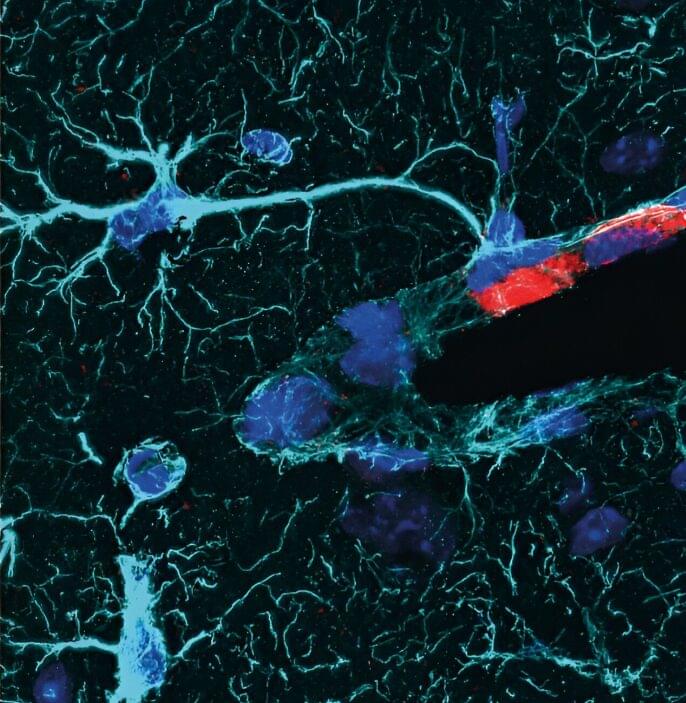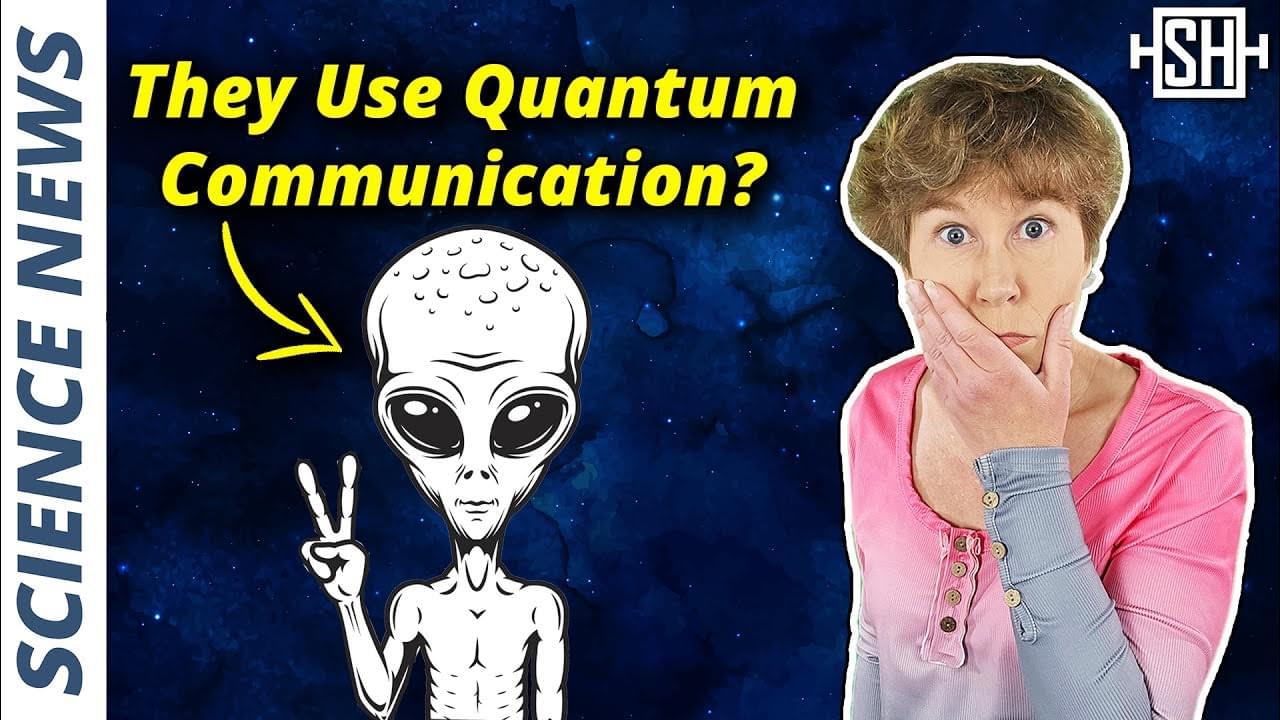
An ischemic stroke is a type of stroke that occurs when a blood clot in an artery, also known as thrombus, or the progressive narrowing of arteries, blocks the blood and oxygen flowing to the brain. This process can cause both temporary and permanent brain damage, for instance, leading to partial paralysis, cognitive impairments and other debilitating impairments.
Statistics suggest that older age increases the risk of experiencing ischemic strokes. While neuroscience studies have shed light on many of the physiological processes underpinning strokes, the immune responses following these events and promoting recovery remain poorly understood.
Researchers at the Institut Blood and Brain @ Caen-Normandie (BB@C), University of Edinburgh and other institutes in Europe carried out a study exploring how central nervous system (CNS)-associated macrophages (CAMs), immune cells residing at the CNS interfaces, contribute to post-stroke immune responses.









